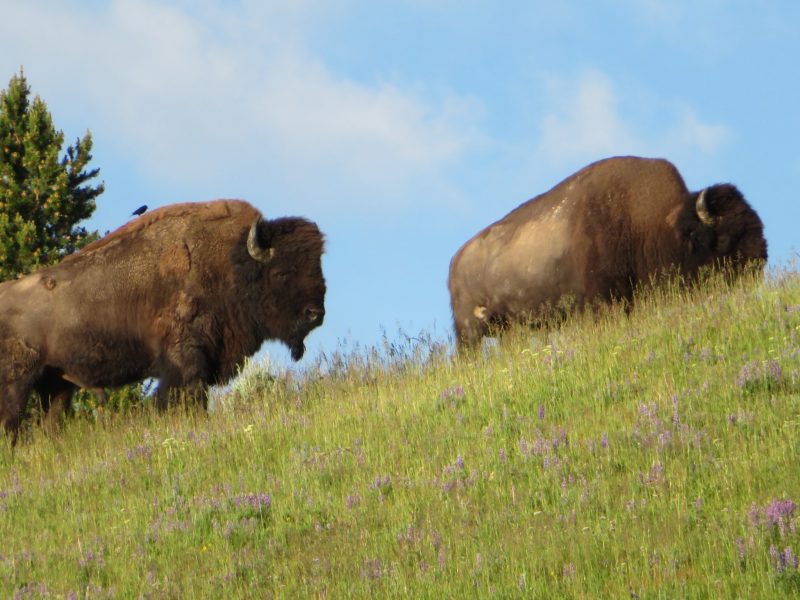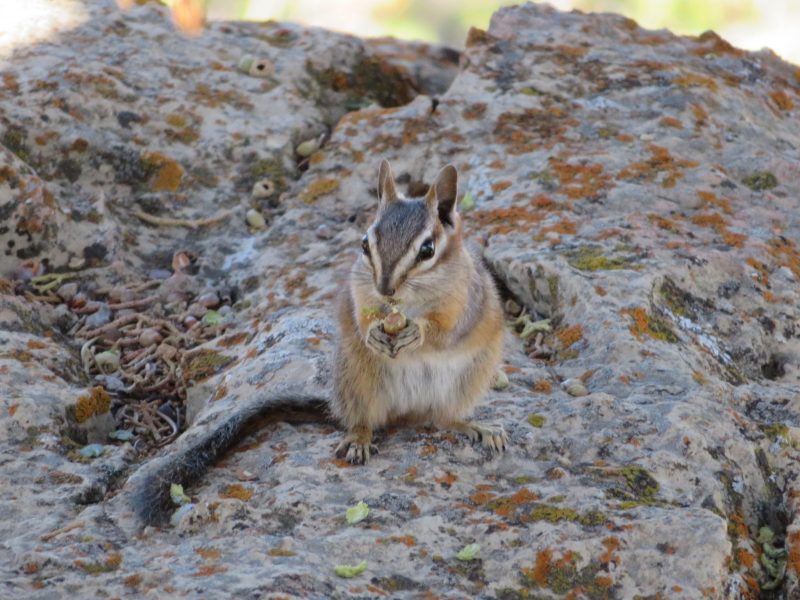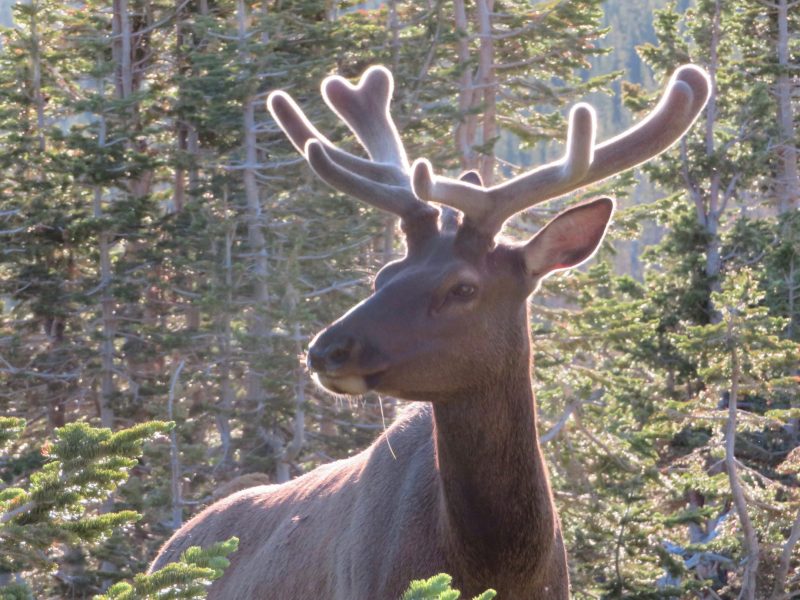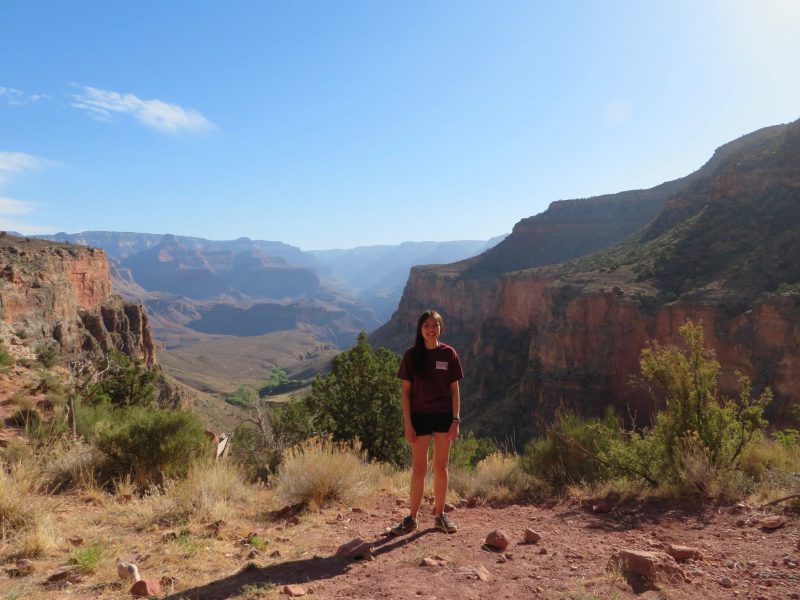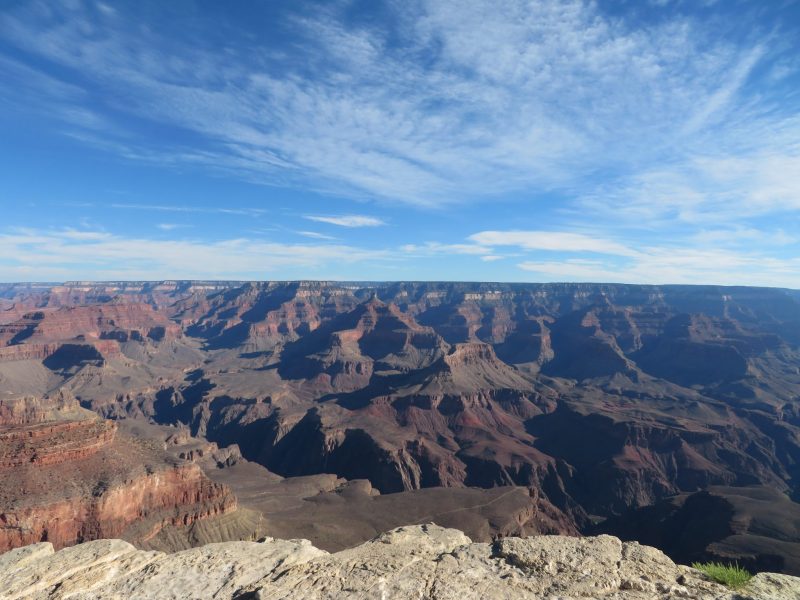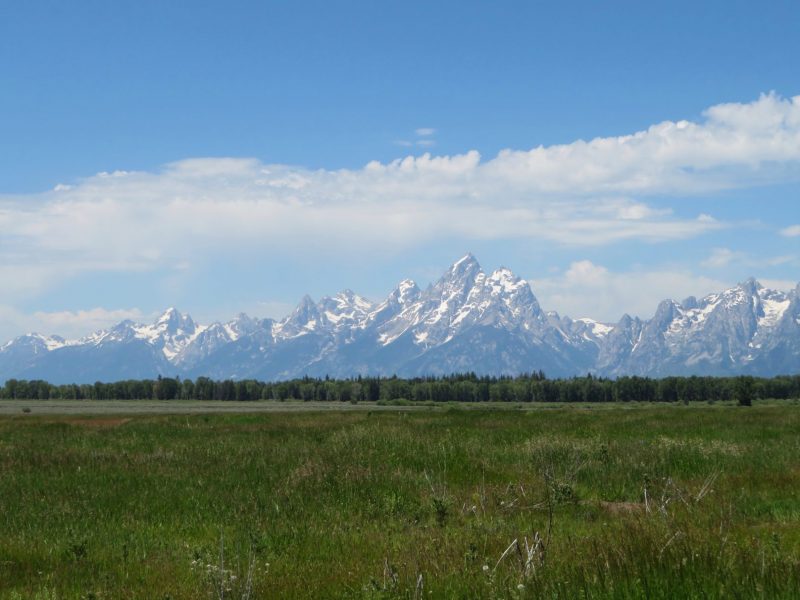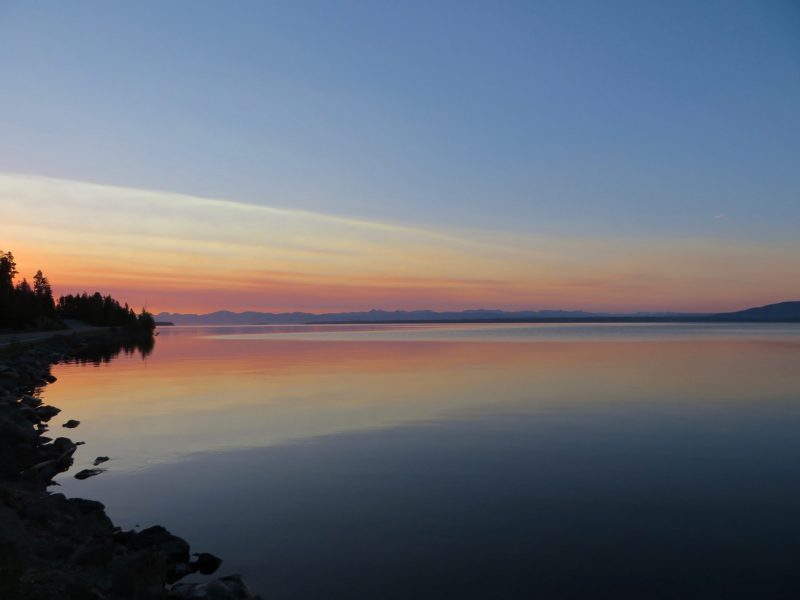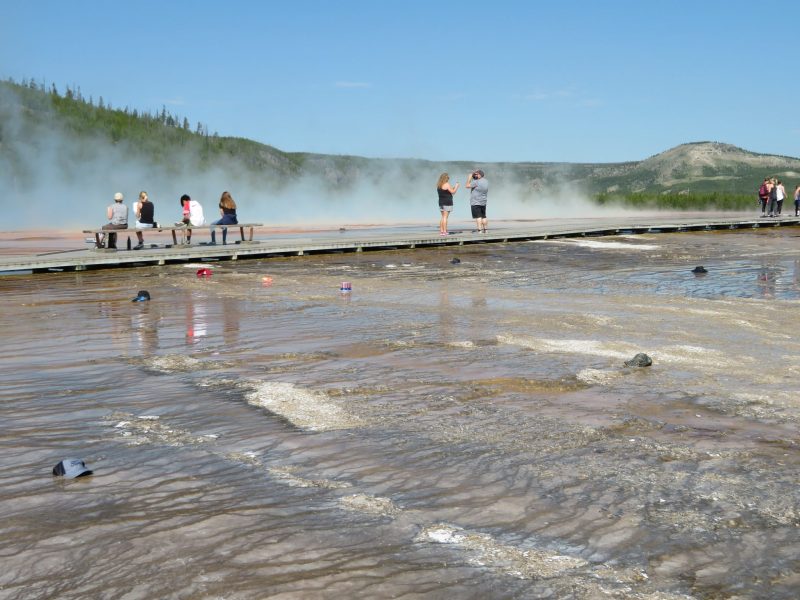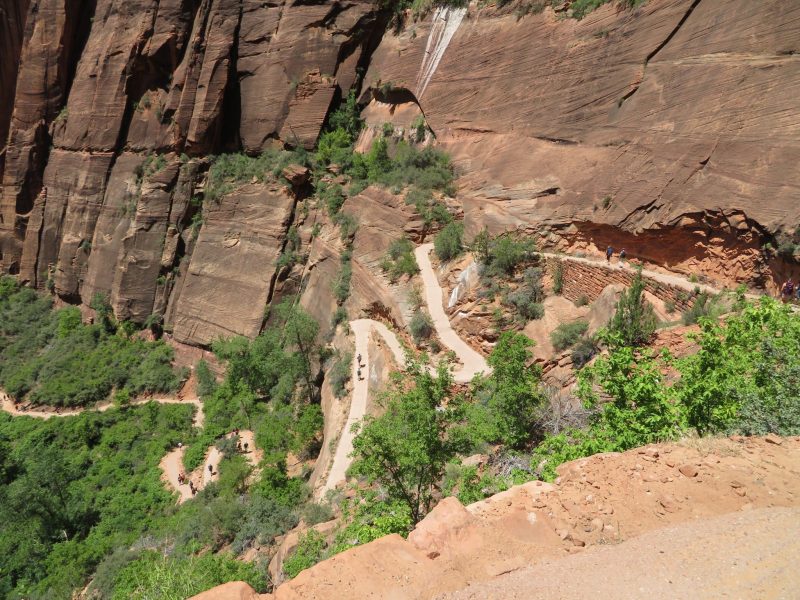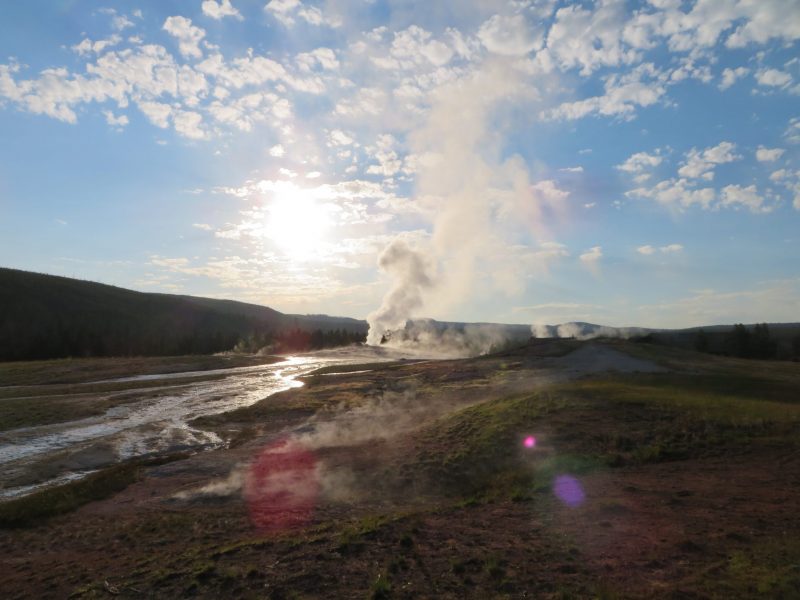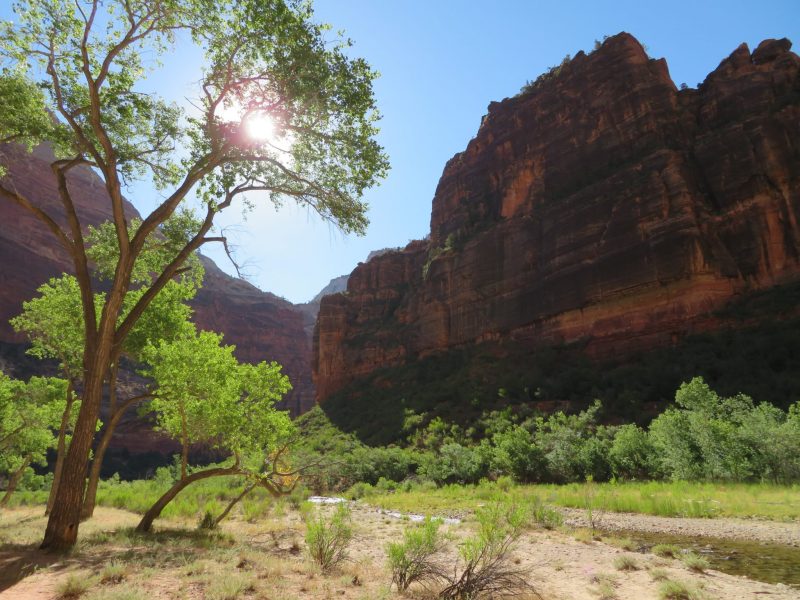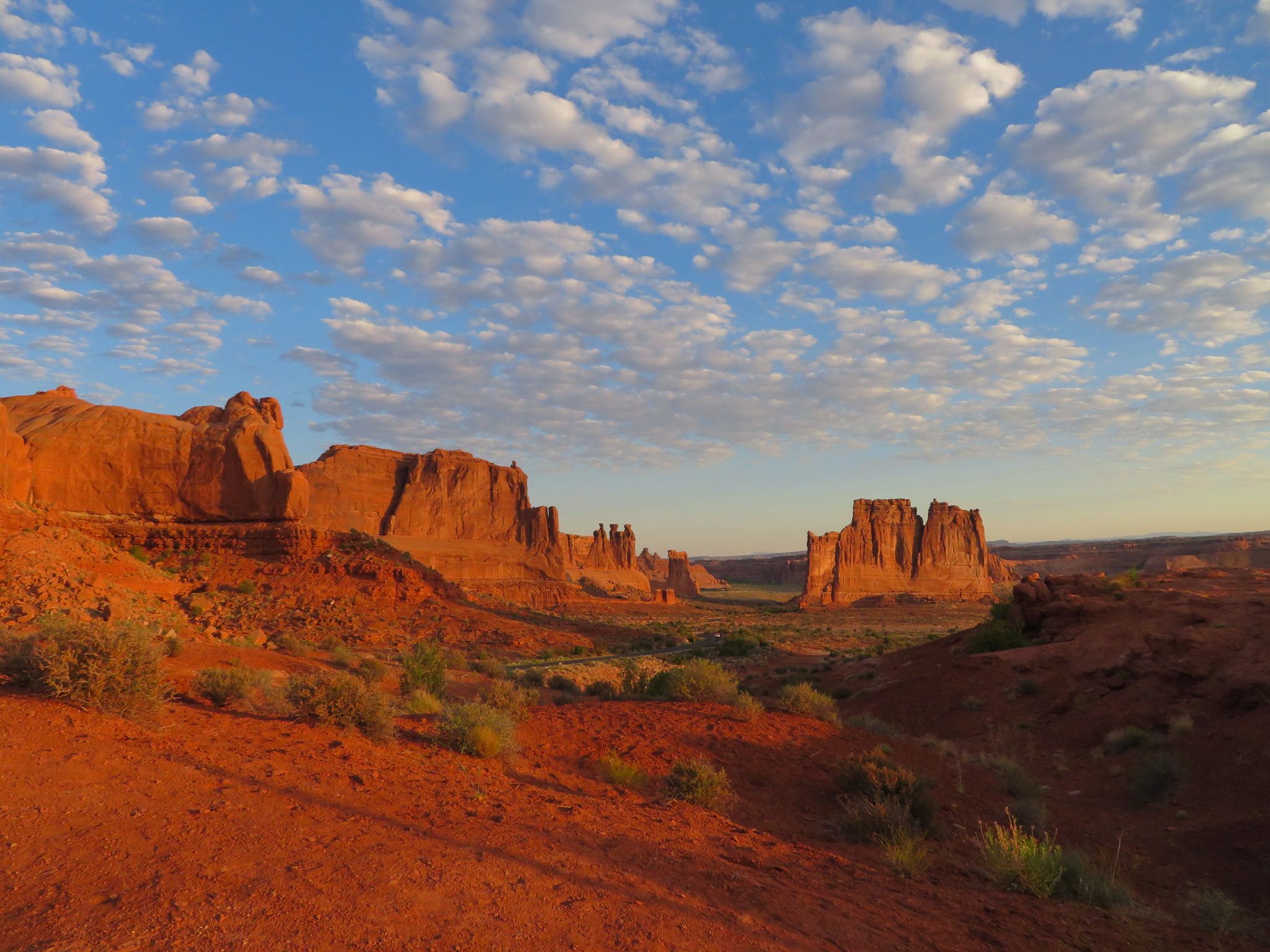
National parks encompass a variety of environments and each one faces unique challenges when it comes to conserving wildlife and distinct landmarks. At the same time they are open for human recreation and some are visited by millions of tourists every year. Thus, management plans not only have to address conservation concerns but also work to maintain facilities and structures within the parks to accommodate human activities. This can give rise to some conflicts of interest. Human activity can disrupt wildlife and direct resources away from conservation management but allowing access to parks can provide a source of funding and inspire an appreciation for nature in visitors. With these ideas in mind I decided to use my AMS grant to investigate the interaction between conservation and tourism in some of the most frequently visited national parks in the United States.
I embarked on a cross country road trip with camper in tow, seeking out popular tourist attractions, hiking trails and visitor centers. I began my research in Rocky Mountain National Park and proceeded from there to Arches National Park, Grand Canyon National Park, Zion National Park, Grand Teton National Park and Yellowstone National Park, spending a few days at each. I was able to observe a variety of wildlife and gorgeous landscapes, a small portion of which I captured in the photos below. The trip was extremely rewarding as I was able to learn about the unique environments that shape the conservation efforts of each national park. I also went on some amazing hikes, such as Angel’s Landing and the Narrows in Zion National Park.
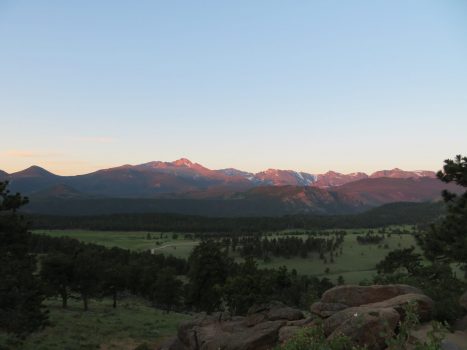
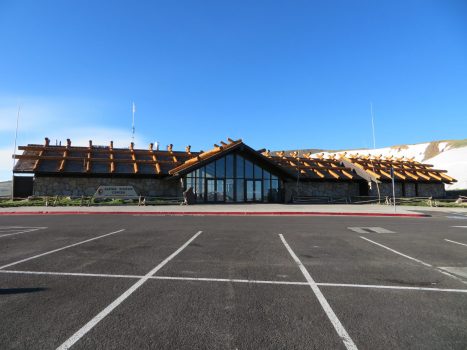
Camping throughout the trip allowed me to fully experience the extent to which the areas just outside each national park cater to tourists. Urban centers have emerged in response to tourism which can give rise to tensions with local wildlife, especially during certain times of the year. A group of Elk resting in a McDonald’s parking lot can be an amusing sight to see driving through town but this can lead to potentially dangerous situations during the breeding season when Elk are much more aggressive towards humans and even vehicles. Likewise, getting too close to a mother Elk and her young can have drastic consequences.
The same issues surround animals like the American Bison, which tend to appear very docile in demeanor despite their ability to fatally wound people, misleading tourists that wish to approach them. Due to this, national parks must invest in a multitude of warning signs urging visitors to maintain a certain distance from wildlife, for their own safety and for that of the animals. Despite this I saw many people viewing wildlife such as bison and elk much closer than the recommended 25 yards (a distance of 100 yards is urged for predators like bears and wolves). However, at times it is difficult to avoid being so close to wildlife as Bighorn Sheep and other animals can be found grazing alongside hiking trails, which people are discouraged from leaving, or end up wandering through towns and onto busy roads.
Many signs are put in place reminding visitors not to stray from trails, feed animals or litter, among other rules. Warnings and educational information targeting visitors appear to plaster bulletins and even transportation vehicles with messages like “Enjoy your trip. Do not get bit.”, “Keep Wildlife Wild” and “Give plants a chance. Stick to the trail!”. However, these notices can be overlooked or ignored. I observed several visitors disobeying regulations at each of the parks I visited, sometimes putting their own lives at risk. Signs are put in place for a reason, often for the safety of visitors who can potentially be severely harmed by wildlife, flash floods or thermal activity depending on the particular context of the area.
These signs are especially important for the preservation of local ecosystems. Although it may not seem like anything will be damaged if one steps off a trail, many fragile plants and other organisms can be harmed. This is an especially large issue in Arches National Park, which appears to be a barren desert environment mainly made up of rock. However, the majority of the surfaces in the park are actually covered by an important biological soil crust composed of microscopic organisms. This fragile, slow growing crust prevents erosion, promotes fertility and water retention, and prevents the establishment of invasive plants. Likewise, feeding an animal may seem harmless but can be detrimental to the animal’s survival in the wild, potentially causing them to lose the ability to feed naturally and making them dependent on humans. Losing their ‘wildness’ can also make animals more prone to vehicle collisions and result in more conflicts with humans. Bites, even from the cute squirrels that I witnessed following tourists around, can spread diseases to humans.
I also noticed that people tend to carry within them the desire to leave their mark on nature, engraving names and other designs into trees or rocks. Fortunately, this appears to be more concentrated in areas with frequent tourist traffic while more remote hiking trails tend to feature less vandalism and litter. National parks work to mitigate negative tourism impacts by closing off certain areas of the park or limiting vehicular travel on certain roads during the busier portions of the year.
Tourism can at times hinder or complicate some of the goals of conservation and regulations set in place to mitigate negative impacts on these protected areas. Regulations can also be difficult to maintain given the vast numbers of people that tend to visit and the inability to constantly monitor these vast spaces. However, national parks also present many opportunities to connect with the public in fruitful ways. National parks offer a variety of educational resources for those that wish to learn more about wildlife, conservation efforts and the history of the land. Each park contains multiple visitor centers aimed at education, offering fun programs and exhibits that highlight the unique aspects of each park including the significance of specific parts of local ecosystems, the geological and cultural history of the region, and more.
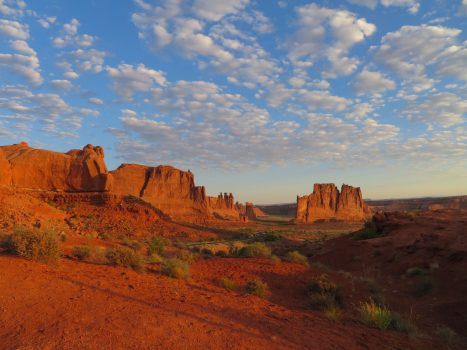

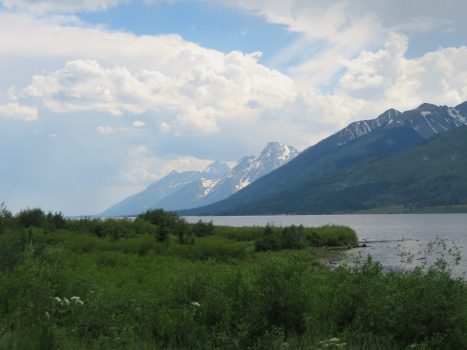
The vast majority of the people visiting these parks appreciate nature and want to do their part in preserving these lands for future generations. National parks offer the opportunity for people to contribute to conservation and the costs of maintaining the park for visitors through donations. They also inspire many people, especially artists, who manifest their respect for wildlife through various mediums. It makes sense that people who create beautiful artwork are drawn to the gorgeous landscapes and unique flora and fauna present in these national parks. In fact, many national parks offer artist-in-residency programs to promote this. I even had the opportunity to visit the National Museum of Wildlife Art in Jackson, WY, which features the work of many talented artists. My experience there made it clear that art can contribute to conservation. The featured art exhibit called Invisible Boundaries drew attention to the migrations of large herd animals and the complexities of conservation as these animals navigate the ‘invisible’ borders between public and private lands and between protected and unprotected areas.
Indeed, although national parks have boundaries, animals do not abide by the invisible lines put in place by people. Unfortunately, wildlife is not as protected outside of national parks and they can be vulnerable to many threats. This is a massive issue for the wolves residing in Yellowstone and Grand Teton National Park in particular as they can be killed by farmers wishing to protect their cattle when they stray from protected areas. The loss of a pack member can disrupt the structure of the pack and inhibit their ability to effectively take down prey. Another interactive portion of the museum encouraged people to consider how art can protect wildlife, resulting in many responses and drawings from visitors conveying what they learned while visiting a national park. It was uplifting to read about the care visitors have for certain animals and issues. Many of the responses were aimed at encouraging people not to litter or harm nature.
Overall, I found that there can be tensions between the goals of tourism and that of conservation. During my time in these six national parks I noticed both the positive and negative consequences of tourism. Although many people have good intentions and have respect for nature there will always be the potential for visitors to damage the environment within national parks. However, tourism can also benefit conservation efforts by spreading awareness about certain issues, fostering an appreciation for the environment and raising funds to implement management practices. It appears that effort has to be put in by the visitors themselves to maintain these remarkable ecosystems for future generations. National parks rely on tourists to be aware of their own impact, leaving nothing but footprints and taking nothing but photos, and to support national parks.
This was an unforgettable experience for me and I am incredibly grateful for the opportunity to travel to these extraordinary places. I encourage others to enjoy their local parks and appreciate the beauty of nature, keeping these ideas in mind.
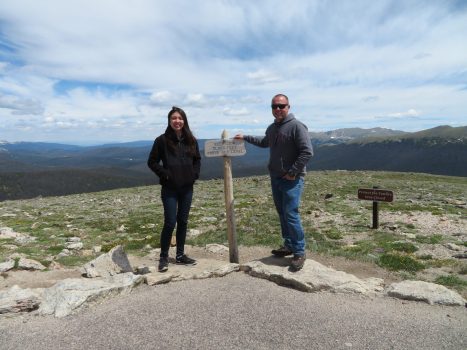
I am extremely grateful to Jeffrey Laskowski, who accompanied me on the trip as a driver. The trip began with a 3 day drive out west and ended with a 3 day drive back. Drives between the national parks ranged between 6 and 12 hours. Extensive driving was required within each national park as well. (Rocky Mountain National Park)



